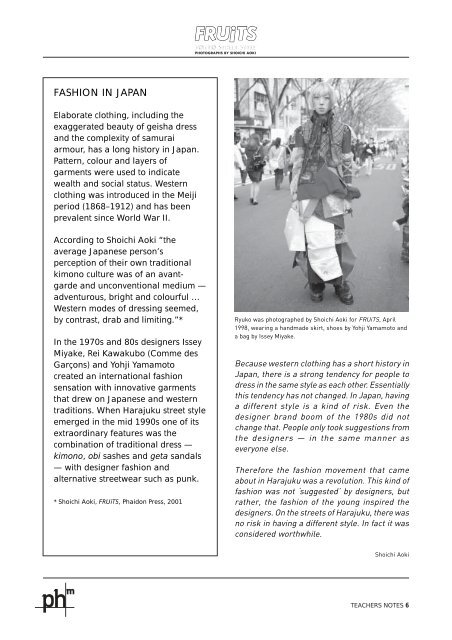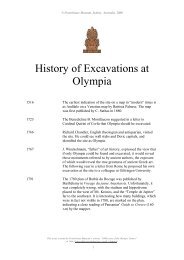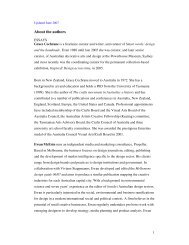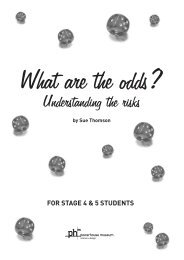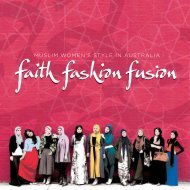fruits teachers notes.pmd - Powerhouse Museum
fruits teachers notes.pmd - Powerhouse Museum
fruits teachers notes.pmd - Powerhouse Museum
You also want an ePaper? Increase the reach of your titles
YUMPU automatically turns print PDFs into web optimized ePapers that Google loves.
FASHION IN JAPAN<br />
Elaborate clothing, including the<br />
exaggerated beauty of geisha dress<br />
and the complexity of samurai<br />
armour, has a long history in Japan.<br />
Pattern, colour and layers of<br />
garments were used to indicate<br />
wealth and social status. Western<br />
clothing was introduced in the Meiji<br />
period (1868–1912) and has been<br />
prevalent since World War II.<br />
According to Shoichi Aoki “the<br />
average Japanese person’s<br />
perception of their own traditional<br />
kimono culture was of an avantgarde<br />
and unconventional medium —<br />
adventurous, bright and colourful …<br />
Western modes of dressing seemed,<br />
by contrast, drab and limiting.”*<br />
In the 1970s and 80s designers Issey<br />
Miyake, Rei Kawakubo (Comme des<br />
Garçons) and Yohji Yamamoto<br />
created an international fashion<br />
sensation with innovative garments<br />
that drew on Japanese and western<br />
traditions. When Harajuku street style<br />
emerged in the mid 1990s one of its<br />
extraordinary features was the<br />
combination of traditional dress —<br />
kimono, obi sashes and geta sandals<br />
— with designer fashion and<br />
alternative streetwear such as punk.<br />
* Shoichi Aoki, FRUiTS, Phaidon Press, 2001<br />
Ryuko was photographed by Shoichi Aoki for FRUiTS, April<br />
1998, wearing a handmade skirt, shoes by Yohji Yamamoto and<br />
a bag by Issey Miyake.<br />
Because western clothing has a short history in<br />
Japan, there is a strong tendency for people to<br />
dress in the same style as each other. Essentially<br />
this tendency has not changed. In Japan, having<br />
a different style is a kind of risk. Even the<br />
designer brand boom of the 1980s did not<br />
change that. People only took suggestions from<br />
the designers — in the same manner as<br />
everyone else.<br />
Therefore the fashion movement that came<br />
about in Harajuku was a revolution. This kind of<br />
fashion was not ‘suggested’ by designers, but<br />
rather, the fashion of the young inspired the<br />
designers. On the streets of Harajuku, there was<br />
no risk in having a different style. In fact it was<br />
considered worthwhile.<br />
Shoichi Aoki<br />
TEACHERS NOTES 6


